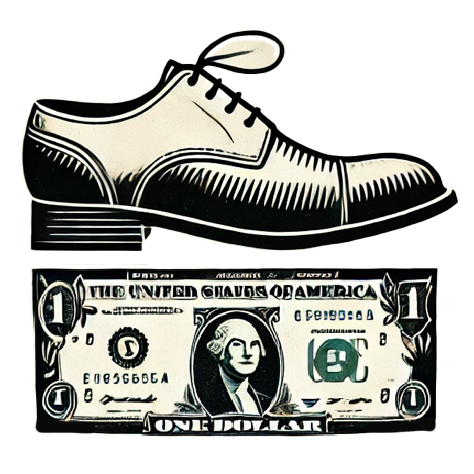The Federal Reserve’s recent announcement of a quarter-point reduction in its benchmark interest rate marks a significant shift in monetary policy. This adjustment is the third consecutive cut, bringing the total reduction to one full percentage point since September 2023. While this decision provides some relief to consumers grappling with the aftermath of an aggressive rate hike strategy that spanned from March 2022 to July 2023, the long-term effects on household finances remain uncertain.
In recent years, Americans have faced a tightening economic landscape characterized by elevated borrowing costs. Following a series of 11 rate increases, the economic climate has shifted dramatically. As Greg McBride, the chief financial analyst at Bankrate.com, succinctly put it, “Interest rates took the elevator going up in 2022 and 2023 but are taking the stairs coming down.” This metaphor illustrates the difficulty consumers may encounter as they wait for the benefits of lower rates to manifest in their financial dealings. Many Americans, while sometimes optimistic about their finances, still perceive inflation as a persistent challenge. A WalletHub survey highlighted that nearly 90% of respondents consider inflation a significant issue, and 44% critique the Fed’s effectiveness in addressing it.
The most immediate effects of the Fed’s decision to cut rates can be observed in various consumer borrowing segments. Credit card interest rates, which are largely variable, are directly influenced by changes in the Fed’s benchmark. Following the rate hikes, the average credit card interest soared from 16.34% in March 2022 to over 20% as of now. Despite the recent reduction, Matt Schulz, LendingTree’s credit analyst, suggests that the impact on cardholders will be minimal—consumers can expect at best a decrease of a few dollars in their monthly payments. Schulz emphasizes the need for proactive measures, such as consolidating debts or negotiating lower rates with card issuers, as effective alternatives to relying solely on rate adjustments.
In the realm of auto loans, high borrowing rates continue to pose challenges for consumers. Current average rates stand at 13.76% for used cars and 9.01% for new vehicles, according to Cox Automotive. Here again, fixed loan terms mean that recent Fed cuts will not translate to immediate benefits for those already financed. Instead, consumers are encouraged to seek out competitive lending options, which could result in substantial savings over the life of a loan.
When it comes to mortgages, the scenario is somewhat different. While falling Fed rates typically lead to cheaper mortgages, current dynamics suggest a disconnect. According to Bankrate, average rates for a 30-year fixed mortgage have slightly increased, showing resilience despite Fed actions. Homebuyers must navigate this tricky landscape, where any reduction in monthly payments, albeit minimal, could still accumulate to significant savings over the long term. For example, even a minor drop in interest could yield savings of over $20,000 throughout the mortgage term. This emphasizes the importance of strategic planning for prospective homebuyers.
Federal student loans, typically with fixed rates, are less susceptible to the Fed’s recent actions, limiting immediate relief for borrowers. However, private loans, which can have variable rates influenced by market conditions, may respond more quickly to the new rate cuts. Experts like Mark Kantrowitz have noted that although monthly payments might see a negligible decrease, borrowers with private loans have the option to refinance into more favorable terms.
While borrowers may have limited benefits from the Fed’s gradual rate reductions, savers find a silver lining. With high-yield savings account rates reaching around 5%—the best figures observed in nearly two decades—consumers with disposable income can benefit substantially from interest-earning accounts. This aspect underscores a potential opportunity for individuals looking to build their savings while the economy stabilizes.
In sum, the Federal Reserve’s recent maneuvers, primarily aimed at mitigating the economic strain on consumers, yield mixed outcomes. While there is hope for borrowers as rates trend downward, the practical benefits may fall short of expectations, requiring individuals to take initiative in managing their loans and debt. Conversely, savers may find a rejuvenated opportunity for growth in their savings. As the financial climate continues to evolve, consumers must stay informed, proactive, and ready to adapt their strategies to ensure financial health.

